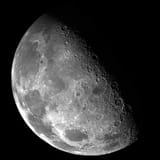Moon Monday #213: Mission updates from the US, Japan, China, and this Indian
CLPS and Artemis updates
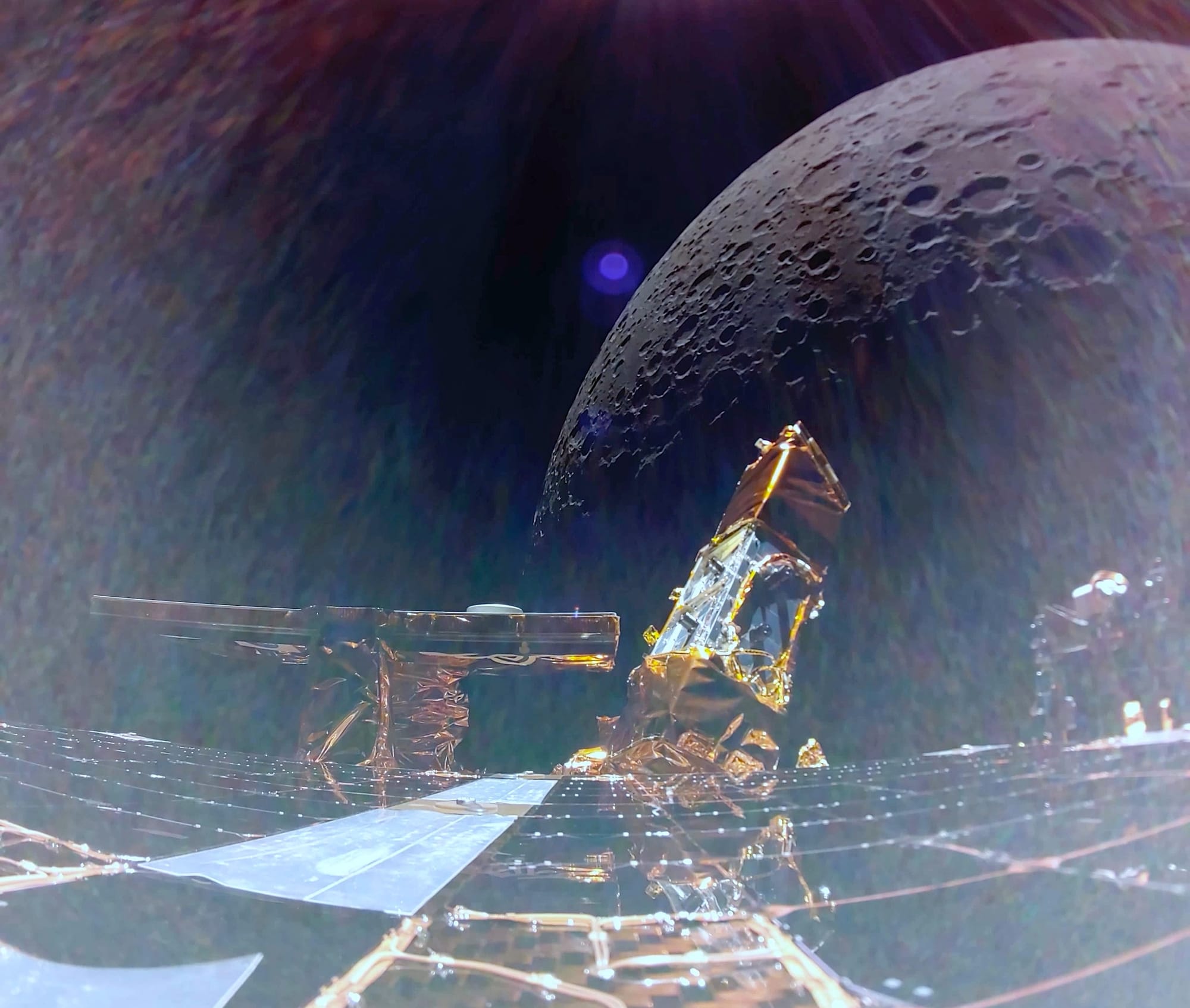
- On February 13, Firefly Aerospace’s Blue Ghost Moon lander part of NASA’s CLPS program successfully fired its engines for 4 minutes and 15 seconds to enter an elliptical orbit around Luna. Over the rest of February, Blue Ghost will fire its engines multiple times for shorter durations to circularize its orbit before it can attempt a lunar landing on March 2. Scott Tilley’s enthusiastic tracking finds Blue Ghost’s orbit to be about 150 by 5673 kilometers.
- On February 9, NASA delivered the trio of shoebox-sized, solar-powered CADRE rovers to Intuitive Machines for integration with the company’s third CLPS lander. Targeting launch next year, Intuitive’s lander will deploy the CADRE rovers on the Moon’s surface and relay their communications to and from Earth. CADRE’s aim is to collectively autonomously map the local surface more efficiently than an equivalent single rover would. Its engineers previously tested CADRE’s in-tandem driving abilities at JPL’s Mars Yard with full-scale engineering models.
- Marcia Smith reports NASA’s Acting Administrator Janet Petro stating that any changes to the Artemis program, including potentially to Artemis II and III crewed orbital and landing missions respectively, will need to wait until a NASA administrator to serve under the new US administration is confirmed. Trump has formally nominated Jared Isaacman to be the new NASA administrator but that’s pending formal confirmation by the US Congress. Jeff Foust reports that Isaacman’s confirmation hearing is yet to be held because the complete paperwork for the same is not yet submitted by the relevant parties according to a Congressional Representative.
Also see: Artemis policy changes on the horizon
Japanese lunar updates
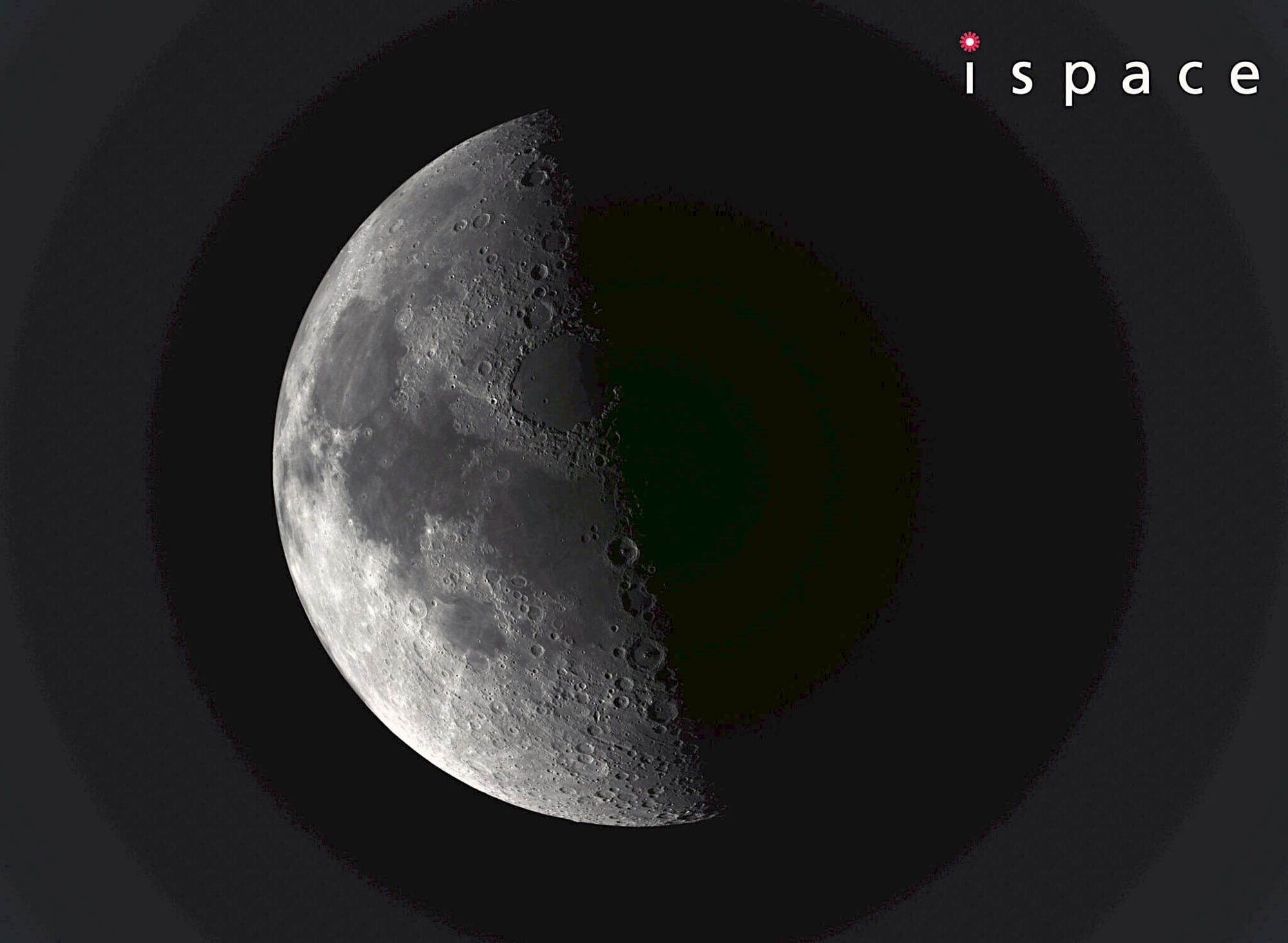
- ispace Japan’s second Moon lander RESILIENCE, which launched alongside Blue Ghost last month, successfully flew past the Moon on February 15 to continue its energy-efficient trajectory that loops back to the Moon in May for an orbital insertion opportunity. When flying past Luna on February 15, the lander’s closest approach to its surface was about 8400 kilometers.
- Dymon, another Tokyo-based Japanese company, announced that their tiny 500-gram YAOKI lunar rover has been integrated into Intuitive Machines’ second CLPS Moon lander launching later this month or early next.
- Relatedly, micro-class lunar rovers work with limited power, mobility, and thermal resources, and so under the stringent radiation and environmental constraints on the Moon. To enable their exploration, the also-Tokyo-based company JAOPS has been building a lunar surface simulation suite (open source on GitHub), aided by simulated rover camera and sensor data for mission operations training. There’s even a video demonstration of a simulated Chandrayaan 3 rover navigating on the Moon!
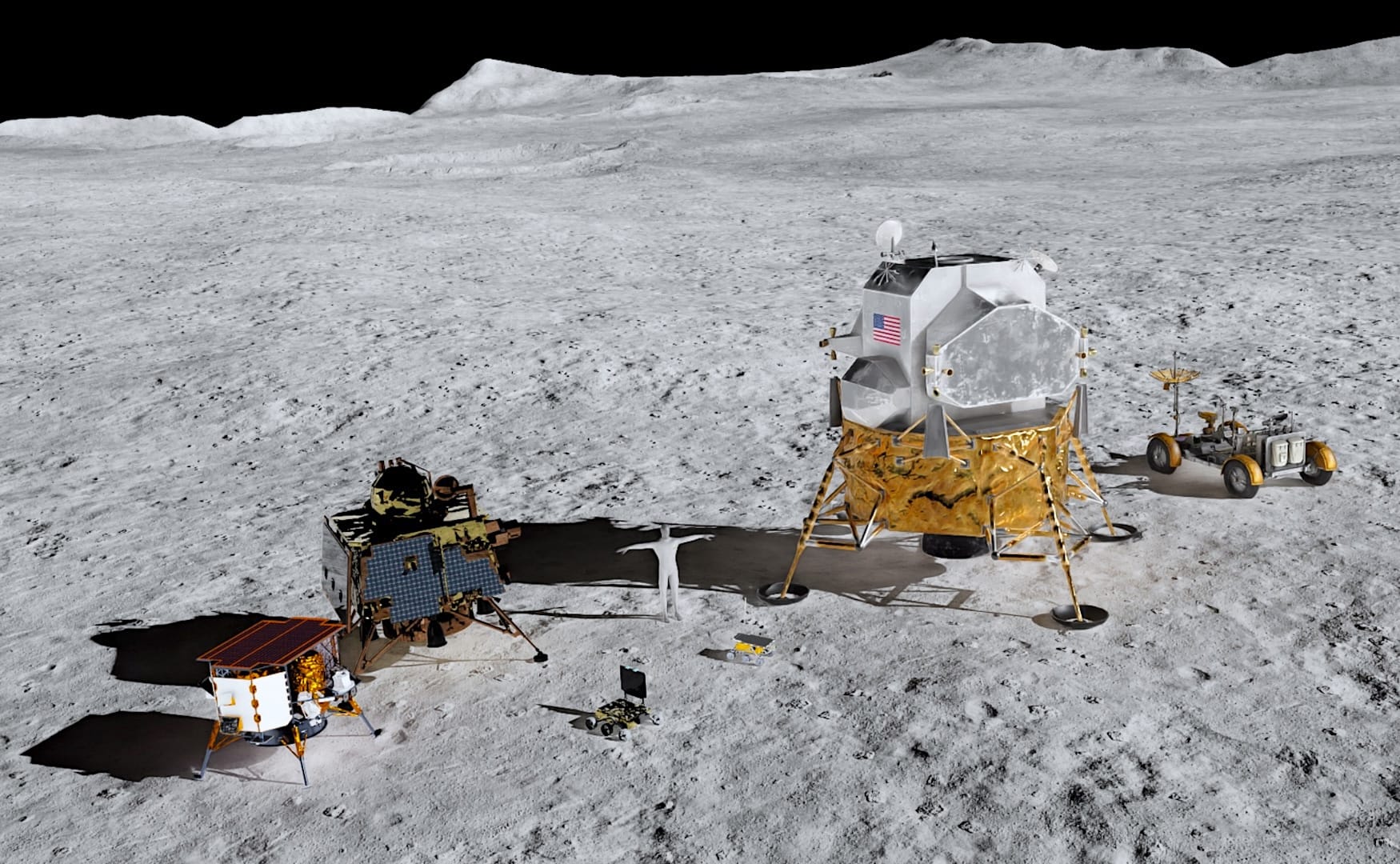
Many thanks to Astrolab, Joseph Biernat and Sean Gulick for sponsoring this week’s Moon Monday! If you too appreciate my efforts to bring you this curated community resource for free, support my independent writing. 🌙
China and Luna
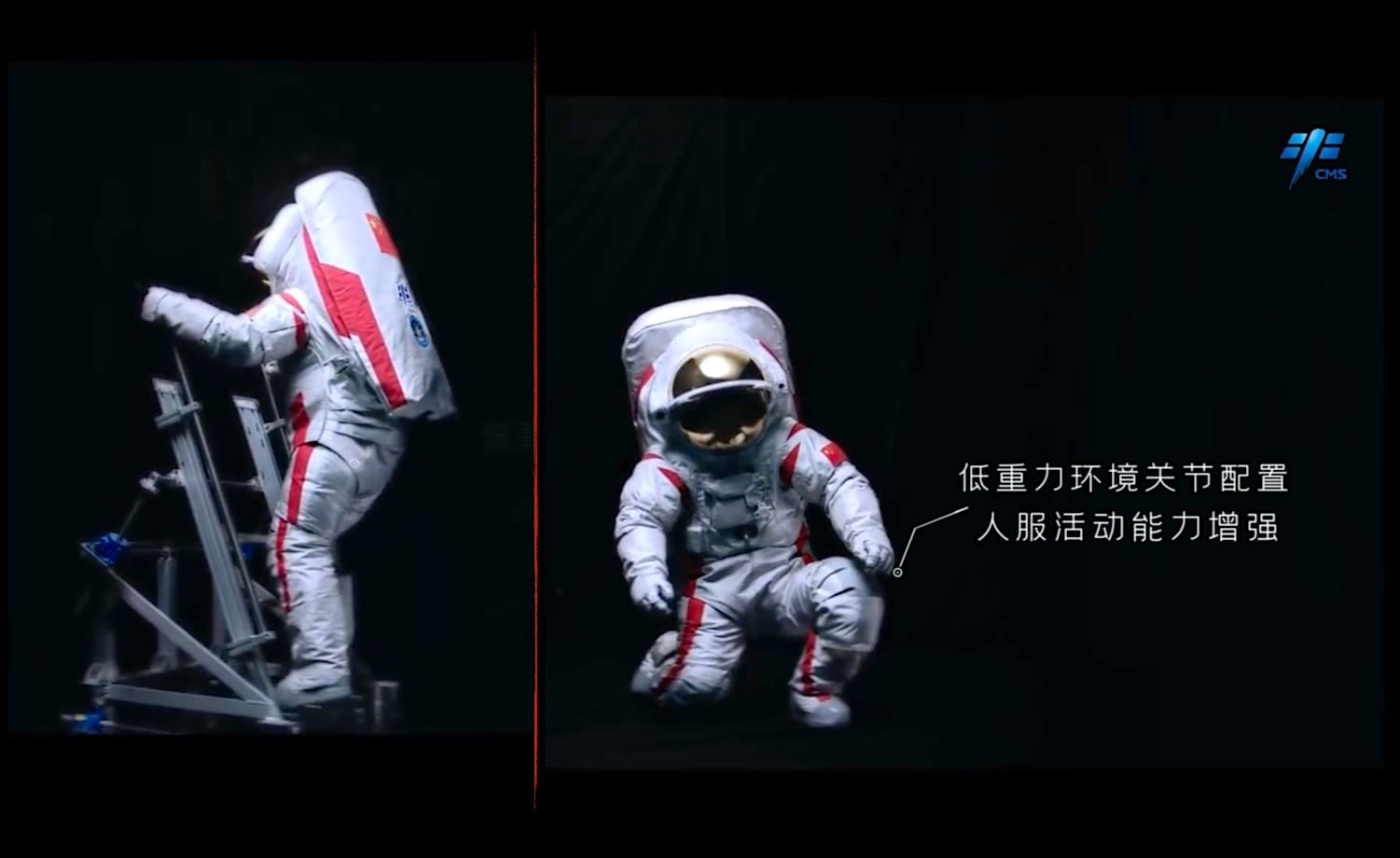
- Following up on their recently announced intent, China and Pakistan confirmed on February 5 that the latter’s space agency SUPARCO will build its first lunar rover and that China’s upcoming Chang’e 8 lander targeting a 2028 launch will carry it to explore the Moon’s south pole. One of the several payloads to be on SUPARCO’s ~35-kilogram rover will be jointly developed by Chinese and European researchers.
- Andrew Jones reports that on February 14, the China Manned Space Engineering Office (CMSEO) announced a call for Chinese organizations to bid for making a lunar mapping satellite in support of China’s crewed Moon landing missions starting later this decade. The satellite’s mandate is to obtain high-precision mineral, topographic, and geomorphic data of the Moon’s low-latitude regions.
- Relatedly, the China Manned Space Agency (CMSA) announced the names of China’s spacesuit and rover to be used on crewed Moon landing missions as being Wangyu and Tansuo respectively. Wangyu means “gazing into the cosmos” and Tansuo means “to explore the unknown”. The names were selected after evaluating over 9,000 entries by the Chinese public.
More Moon
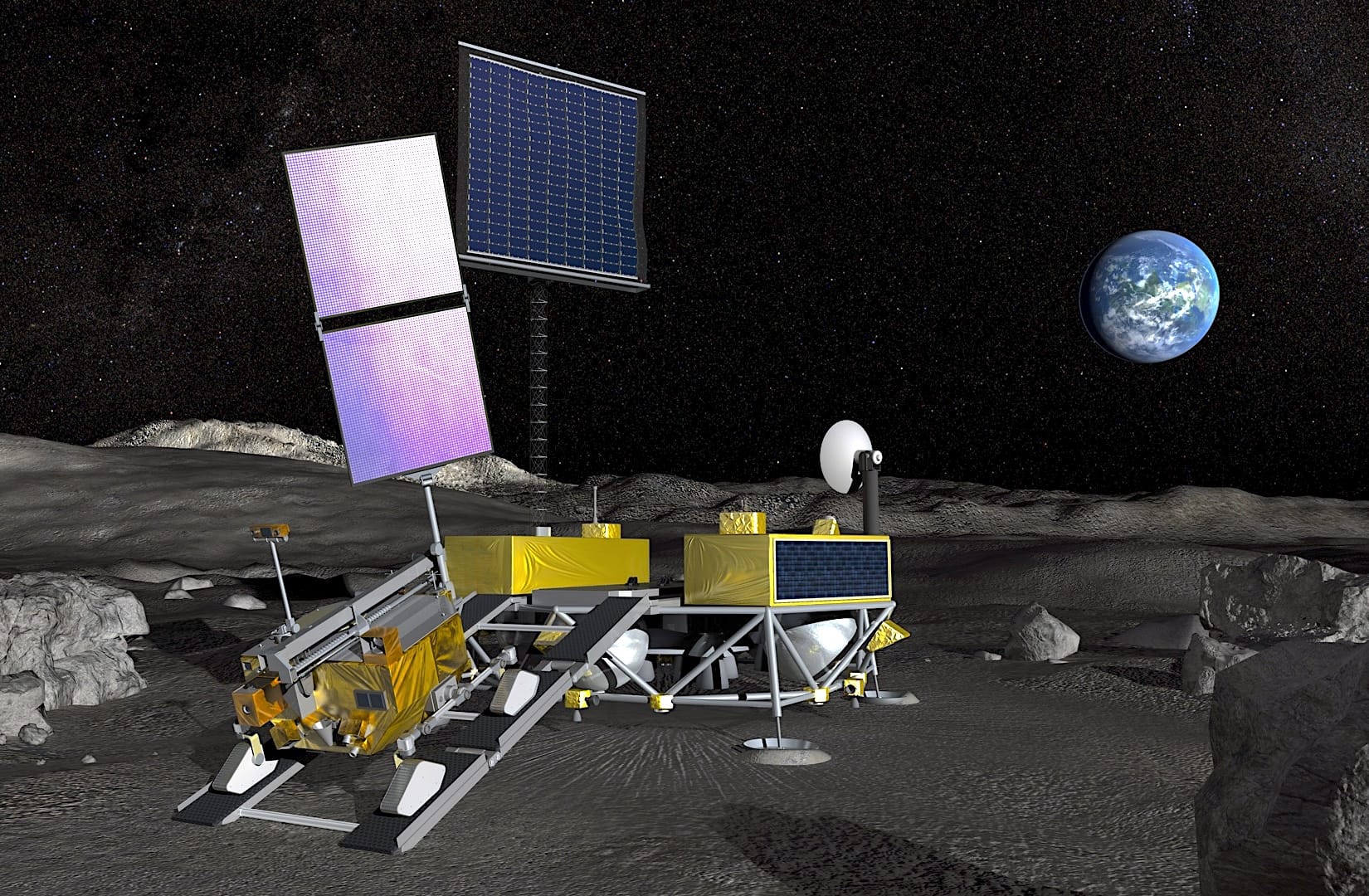
- Based on a parliamentary response from February 13 in the Rajya Sabha, the Indian equivalent to the US Senate, it would seem that the Indian Government Union Cabinet must have approved the joint ISRO-JAXA LUPEX mission (Chandrayaan 5), following it being green-lit by the country’s National Space Commission late last year. However, ISRO is yet to formally announce the same. And so, the “it’s complicated” status of LUPEX remains for now. :/
- The seismometer at ESA’s new, versatile LUNA analog facility for testing future mission hardware and operations is now active. Its data will be publicly accessible.
- NASA JPL’s Planetary Geosciences group is hiring a postdoctorate to study volatiles in lunar igneous rock samples.
Meta Moon Monday
- My coverage of “Critical scientific documents missing from NASA-backed lunar community website” sadly landed among the top posts on r/NASA subreddit for last week. It would’ve been nice if my other, positive coverage was also read by more people but I suppose given the situation, this is the new normal and the need of the hour.
- My article on “What makes a Moon landing mission successful?” has been republished on Jeff Foust’s revered publication The Space Review. 🚀
- I’m quoted in this timely op-ed by Susmita Mohanty, wherein she argues for Europe to reduce its NASA dependency and avoid becoming collateral damage every time NASA or the US government change their priorities. As someone who supports Europe independently doing good things on the Moon, I concur.
- Places I’ve published Moon Monday editions from 🌙
